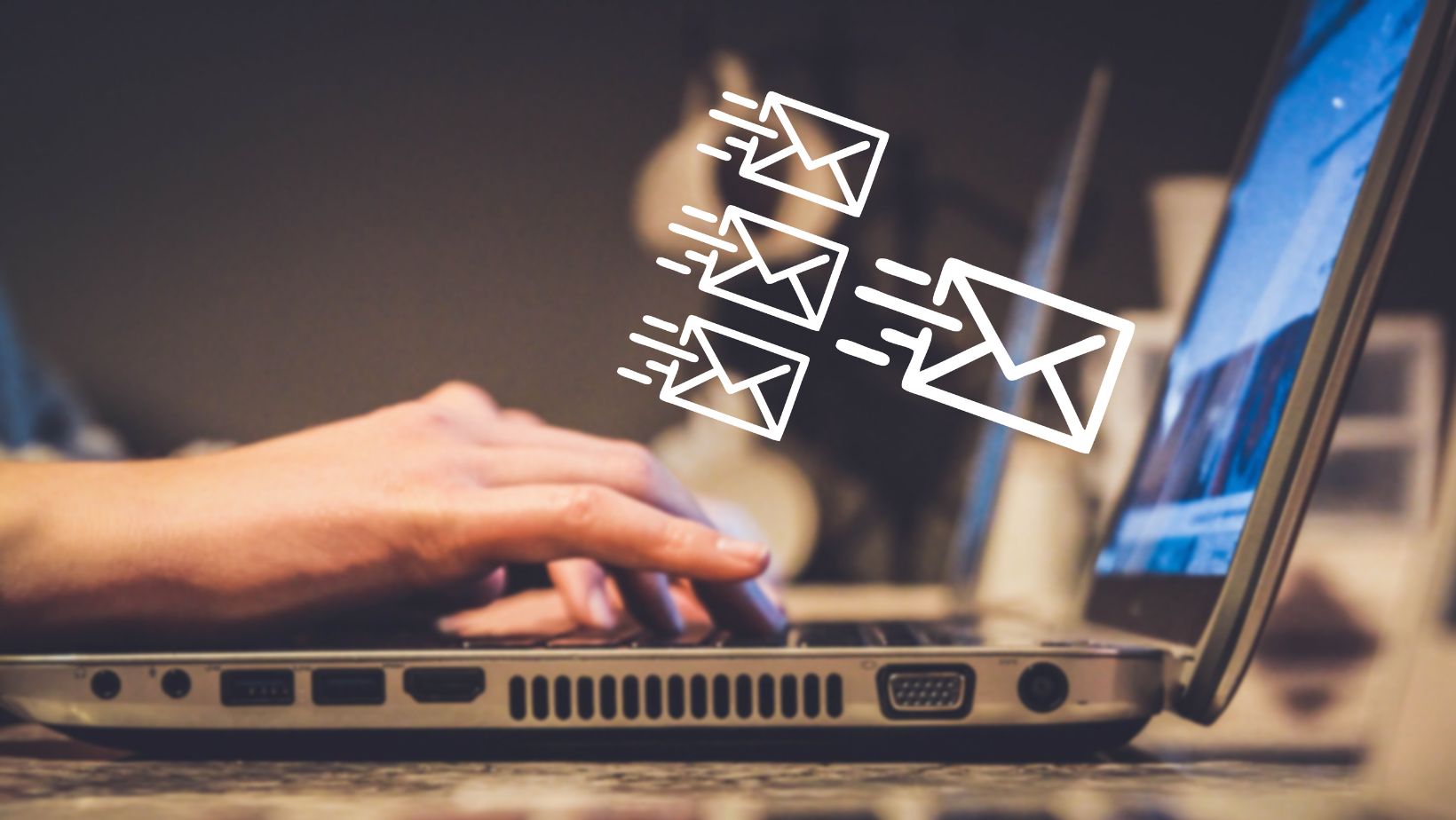Imagine starting an email campaign that engages your audience naturally and gets results. What services would you need to make that happen? For your messages to not only get delivered but also have an effect, you need to manage your email campaigns well.
Transitioning from basic email sends to comprehensive campaign management requires a suite of specialized services. Here are six must-check services to look for in email campaign management to elevate your marketing efforts.
Email Campaign Manager
An email campaign manager is a person or tool that handles the planning, execution, and monitoring of your email marketing campaigns. Having a dedicated email campaign manager can greatly improve the effectiveness of your email marketing efforts.
First, they develop a strategy tailored to your business goals. This includes deciding what types of emails to send, who to send them to, and when to send them. They also handle the creation and scheduling of emails. This means designing the email, writing the content, and setting it up in your email marketing platform to be sent at the right time.
Monitoring and analyzing the performance of your campaigns is another crucial task. The manager will track key metrics like open rates, click-through rates, and conversions. They use this data to see what’s working and what’s not, making adjustments to improve future campaigns.
On-Brand Template Designs
On-brand template designs are email templates that match your brand’s look and feel. They ensure that every email you send is consistent with your overall brand identity, which helps build recognition and trust with your audience. First, these templates should use your brand colors, fonts, and logo. This makes your emails instantly recognizable to your recipients. Consistency in design reinforces your brand image.
The layout of the template should be clean and easy to navigate. Important information, such as your main message or call to action, should be clearly highlighted. A well-designed template helps your audience quickly understand what your email is about and what action they should take.

Customization options are important, too. While the template provides a consistent structure, you should be able to easily change images, text, and links to suit the specific email campaign. This flexibility allows you to keep your emails fresh and relevant while maintaining brand consistency.
Subject Line Creation
Subject line creation is the process of crafting the short, catchy lines that appear in the recipient’s inbox. A good subject line grabs attention. It should be intriguing or offer a clear benefit to the reader. For example, a subject line like “Exclusive 20% Off Just for You!” immediately tells the recipient they will get a discount.
Also, it needs to be short and to the point. Most email clients display only the first 50-60 characters of the subject line, so it’s important to convey your message quickly. Besides that, personalization can make your subject lines more effective.
Using the recipient’s name or referencing their past behavior, like “Hi John, Your Favorite Items are Back in Stock,” can increase open rates because it feels more relevant to the reader. However, avoid spammy words and phrases. Terms like “Free,” “Buy Now,” or excessive punctuation (!!!) can trigger spam filters and reduce your email’s chances of being seen.
Strategy Creation
Strategy creation is the process of planning how your email campaigns will achieve your business goals. It involves setting clear objectives, understanding your audience, and designing a plan to reach and engage them.
First, set your goals. What do you want your email campaigns to accomplish? Common goals include increasing sales, building customer loyalty, or growing your email list. Next, understand your audience. Who are you trying to reach? Consider their interests, behaviors, and needs. This helps you create content that resonates with them.
Plan the types of emails you will send. For example, welcome emails for new subscribers, promotional emails for special offers, and follow-up emails after a purchase. Each type of email should serve a specific purpose in your overall strategy.
Massive ROI
Email marketing should generate a significant return on investment (ROI). A good campaign management service aims to maximize ROI by increasing sales, leads, or other desired outcomes from email campaigns.

They track metrics like open rates, click-through rates, and conversion rates to measure success. Effective campaigns deliver value to recipients, leading to higher ROI over time as your email list grows and engagement improves.
Audience Segmentation
By audience segmenting, you can divide your email subscribers into smaller, more specific groups. You can then send emails that are more relevant and personalized, which can get more people to respond and help you get better results.
First, gather data about your subscribers. This can include demographic information like age, gender, and location, as well as behavioral data like past purchases, email opens, and clicks. When it comes to audience segmentation, more information is better.
Create segments based on this data. For example, you might create a segment for new subscribers, another for loyal customers, and another for those who haven’t purchased in a while. Each segment should have something in common that makes them distinct from the rest of your audience.
Have an Optimal Email Marketing Success
In conclusion, achieving optimal email marketing success hinges on implementing comprehensive email campaign management practices. So, embrace these practices to navigate the complexities of email marketing with confidence and propel your business toward lasting success.
























